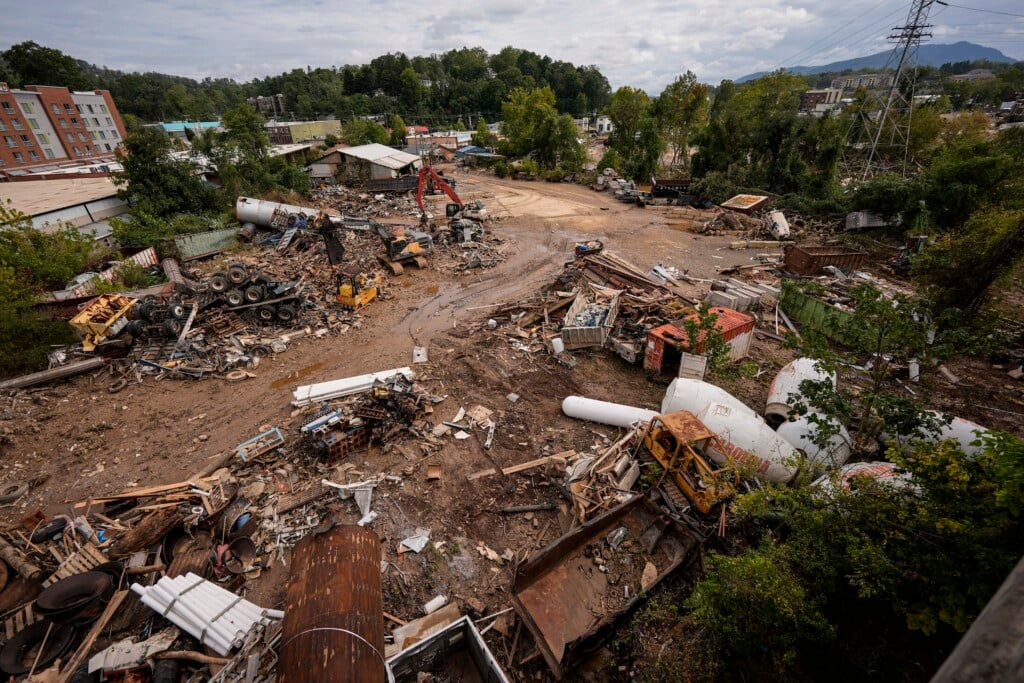NORTH CAROLINA — North Carolina Gov. Roy Cooper and health researchers laid groundwork on Monday to convince the public that social distancing orders could be needed beyond April to preserve hospital beds, dull COVID-19′s spread and save lives.
Cooper’s current statewide stay-at-home order, which also prevents gatherings of more than 10 people, took effect a week ago and continues until April 29. A ban on dine-in service at restaurants and bars began March 17 and now continues until April 24. Cooper already has closed public schools through May 15. As elsewhere in the country, North Carolina’s restrictions have contributed to a historic spike in unemployment benefit claims.
Cooper’s state Department of Health and Human Services gave the virtual stage to a team of epidemiologists and other health policy experts. They produced a report on whether the state’s hospitals will have enough bed capacity to treat an expected surge of patients with the new coronavirus.
The report, based on three independent research models, calculated chances that acute-bed capacity would be insufficient to handle the expected increase. If North Carolina maintains social distancing policies similar in effectiveness to those today, the chance is about 25% through June 1. If all social distancing policies are lifted after April, the chance grows to 50%, with rising bed demand taking shape by late May. Increasing the number of beds decrease the percentages only slightly, the report said.
Maintaining social distancing policies “will likely allow our health care system to be able to manage the disease as it spreads throughout the state,” Mark Holmes, director of the Cecil G. Sheps Center for Health Services Research at the University of North Carolina at Chapel Hill, told reporters in a conference call. “Relaxing all social distancing policies on April 29 could place substantial pressure on hospitals that could be outside of their ability to manage.”
The brief’s authors, who also included researchers from Duke University and RTI International, emphasized they weren’t recommending a specific course of action. That would be up to Cooper and other elected leaders.
“Modeling is one tool that helps us prepare for this fight and it shows we will save lives if we stay home and keep our social distance right now,” Cooper said in a news release highlighting the report.
North Carolina DHHS data coming from a majority of state hospitals show that about one-third of inpatient beds and one-in-five intensive care unit beds are currently empty. The department reported more than 2,850 positive COVID-19 cases of Monday. Thirty-three patients have died and at least 270 are currently hospitalized.
The report’s composite models generate stark case number estimates. They forecast 250,000 North Carolina residents could be infected by June 1 if current or similar social distancing policies stay in place. If the policies end, that number reaches 750,000.
For most people, the coronavirus causes mild or moderate symptoms, and the vast majority survive. But for others, especially older adults and people with existing health problems, it can cause pneumonia or death.
The researchers didn’t project death totals. Pia MacDonald, a senior epidemiologist at RTI, said if hospitals run out of beds and patients don’t get access to care, “we will have more deaths.”
The state prison system, where seven prisoners in three facilities have now tested positive, announced Monday that it would begin a two-week moratorium on accepting new offenders from county jails starting Tuesday. Prison-to-prison transfers also will be limited severely.
“We must deny this virus the opportunity to spread,” prison commissioner Todd Ishee said.




